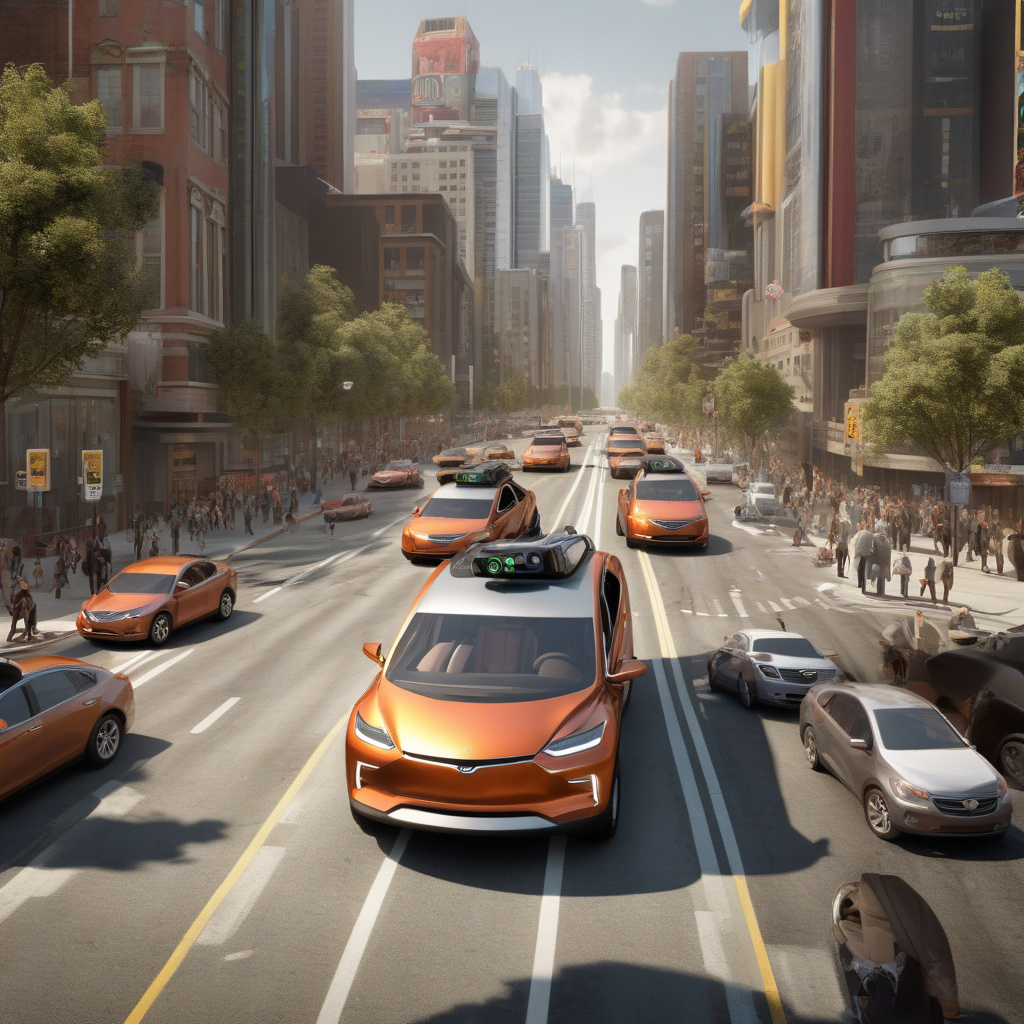Driverless Cars: Embracing Assertiveness for Safety
Driverless cars are evolving, not just in their technology but in their behavior too. It’s a curious shift to witness AI-powered Autonomous Vehicles (AVs) exhibiting more assertive actions such as honking, taking sharper turns, and even edging into crosswalks. This emulation of human driving behavior might seem counterintuitive at first, but it’s all part of a grander plan to enhance safety on the roads.
Take Tesla’s Shadow Mode, for instance. By discreetly observing and mirroring human driving patterns, AVs are learning to navigate complex road scenarios more effectively. This learning process, guided by AI, aims to refine autonomous driving capabilities over time. However, the real challenge lies in determining which human behaviors are beneficial to replicate.
Jonathan Davenport, a senior director analyst at Gartner, rightly points out the need for a delicate balance. While adopting assertiveness from human drivers can be advantageous in certain situations, illegal actions like speeding or rolling stops must be excluded. The goal is to teach AVs to embody the best driving qualities of humans, not the average ones.
The transformation doesn’t stop there. AVs are also becoming more communicative and adaptive. Mobileye’s RSS software, for example, incorporates human-like safety judgments, while Mercedes’ turquoise lights signal autonomous mode, replacing traditional non-verbal cues. As autonomous technology progresses, effective communication among all road users will be paramount.
Waymo, a trailblazer in the autonomous vehicle space, highlights the significance of confidence and assertiveness in driving. By enabling its Waymo Driver to navigate four-way stops, merge into traffic seamlessly, and maneuver around obstacles efficiently, the company emphasizes the importance of understanding local driving norms while upholding safety standards. These advancements underscore the symbiotic relationship between assertiveness and safety.
Moreover, data from Waymo’s extensive driverless miles and studies like the Swiss Re insurance report demonstrate that AVs are involved in fewer serious accidents compared to human drivers. Contrary to common belief, assertiveness and safety are not opposing forces but rather complementary aspects of driving. Striking the right balance between the two is crucial for optimal road safety.
The implementation of auditory and visual cues further enhances safety on the roads. While some AVs use traditional honking methods to communicate, others like Zoox opt for a more targeted approach with directional speakers. These innovations aim to offer a less disruptive yet effective means of interaction with pedestrians and other vehicles.
In the realm of shared and autonomous vehicle systems, the future holds intriguing possibilities. Imagine customizing your ride experience in a robotaxi, selecting preferred speeds, co-passengers, or even modes of communication. These advancements not only redefine the concept of transportation but also pave the way for a more personalized and secure travel experience.
Despite the advancements in AV technology, there’s still room for improvement. As AVs continue to evolve, their adaptability to various driving conditions, including highway scenarios, will be a crucial test of their capabilities. By leveraging their comprehensive environmental awareness and predictive analytics, AVs can navigate roads with unparalleled precision and caution.
In conclusion, as driverless cars embrace assertiveness in their actions, they are redefining road safety standards. By mirroring select human behaviors and enhancing communication strategies, AVs are paving the way for a future where accidents are minimized, and driving experiences are optimized. The journey towards fully autonomous vehicles is not just about technological prowess but also about cultivating a driving culture that prioritizes safety and efficiency.

